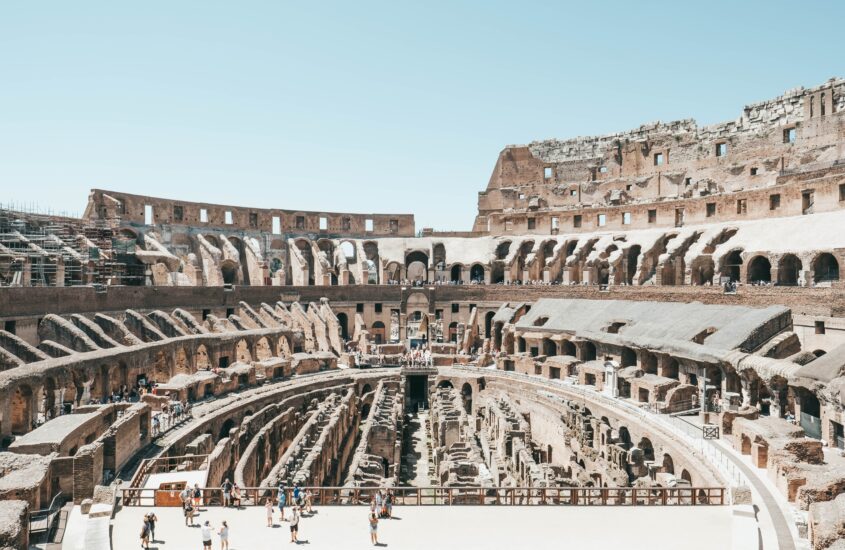What was the purpose of the Colosseum?

Table of Contents
ToggleWhat is the Colosseum?
The Colosseum, also known as the Flavian Amphitheatre, is an iconic symbol of ancient Rome and remains one of the most popular tourist destinations in Italy. Built between 70-80 AD under the Flavian dynasty, it was the largest amphitheater ever built at the time and has since become a marvel of ancient engineering and architecture.
The Colosseum’s seating capacity was estimated to be around 50,000 people, and the spectacles held there were attended by people from all walks of life. From wealthy aristocrats to the poorest of the poor, the Colosseum was a place where people could come together and be entertained, regardless of their social status.
What happened at the Colosseum?
The purpose of the Colosseum was multifaceted. Primarily, it was built as a venue for public spectacles, including gladiatorial contests, animal hunts, and public executions. These spectacles were an integral part of Roman culture and were used to entertain the masses, showcase the power of the Roman state, and maintain social order.
The gladiatorial contests held at the Colosseum were perhaps the most famous of the spectacles. These were staged battles between trained fighters, often slaves or prisoners of war, who would fight to the death for the entertainment of the crowd. The gladiators were skilled fighters who were trained in various fighting styles, such as the use of swords, shields, and nets. The battles were often bloody and violent, with spectators cheering on their favorite fighters and jeering at those who appeared weak.
The animal hunts, known as venationes, were another popular spectacle held at the Colosseum. These were staged hunts where wild animals, such as lions, tigers, and bears, were released into the arena to be hunted down by skilled hunters or gladiators. These hunts were often accompanied by elaborate stage sets, and some of the animals were even imported from far-off lands to add to the spectacle.
Public executions were also held at the Colosseum. These were usually reserved for particularly heinous criminals or political prisoners, and they were often carried out in brutal ways. For example, some prisoners were tied to stakes and burned alive, while others were thrown to wild animals or forced to fight in gladiatorial contests.
Aside from its use as a venue for public spectacles, the Colosseum also served a more practical purpose. It was used as a gathering place for political rallies and as a venue for religious ceremonies. The Colosseum was also used as a marketplace, with vendors selling goods and food to the crowds that gathered there.
The Colosseum through the ages
Over time, the Colosseum fell into disrepair, and it was used for a variety of purposes, including as a quarry for building materials. However, the building’s enduring legacy as an architectural masterpiece and a symbol of ancient Rome has ensured that it has survived to the present day.
Today, the Colosseum remains one of the most popular tourist destinations in Italy, with millions of visitors flocking to see it each year. It has been designated a UNESCO World Heritage site and has become an important cultural and historical landmark.
In recent years, efforts have been made to preserve and restore the Colosseum, ensuring that it will continue to be a part of the world’s cultural heritage for generations to come. Restoration work has included cleaning and repairing the building’s façade, restoring the underground chambers, and installing new lighting and ventilation systems.
Recap
In conclusion, the Colosseum served a multifaceted purpose in ancient Rome. It was primarily used as a venue for public spectacles, including gladiatorial contests, animal hunts, and public executions. These spectacles were used to entertain the masses, showcase the power of the Roman state, and maintain social order
Book your ticket now and embark on an immersive journey through time at this iconic structure. Discover the purpose behind the Colosseum’s construction and unravel the stories of gladiatorial combat, animal hunts, and grand spectacles that unfolded within its walls. Don’t miss this opportunity to witness the epicenter of entertainment and power in ancient Rome.
 Spanish
Spanish
